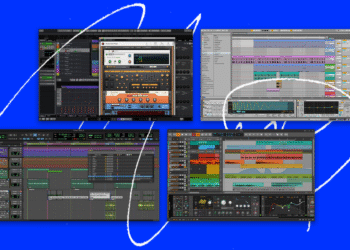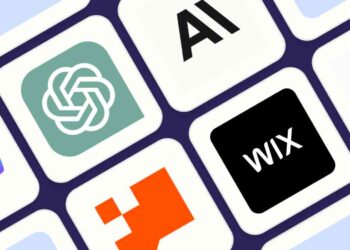I thought all I had to do was post consistently and look aesthetically pleasing but when I started dabbling in influencer work, just small brand partnerships, nothing big.
Sounded simple, right? Wrong.
I quickly learned that behind every successful influencer campaign is a solid content strategy—and behind the smartest content strategies now? AI tools. Once I started using them, it felt like having a mini creative agency in my back pocket.
So whether you’re an influencer managing your own content, or part of a team helping creators grow, these six AI tools can seriously level up your strategy and make your job a whole lot easier.
1. ChatGPT – For Planning & Creative Direction
Let’s start with the obvious one. I use ChatGPT for everything from planning monthly themes to writing engaging captions and scripting short-form videos.
Prompt examples I use:
-
“Give me 10 content ideas for a wellness influencer targeting busy moms.”
-
“Write a casual, friendly Instagram caption for a skincare product launch.”
It’s like brainstorming with a smart friend who never runs out of ideas. Plus, I can tailor the tone to match my personal brand voice.
Best for: Brainstorming, caption writing, scripting Reels or TikToks, refining ideas.
2. Notion AI – For Organizing Strategy
I used to have 13 Google Docs and sticky notes all over my desktop. Now, I use Notion with AI to organize everything: content calendars, brand collabs, campaign notes, and analytics.
Notion AI helps summarize pitches, draft email replies to brands, and even categorize content ideas by theme or platform.
Best for: Strategic planning, organizing pitches, managing campaigns.
3. Canva Magic Write – For Visual Content Planning
Canva’s AI writing tool (Magic Write) is underrated. Inside Canva Docs, I can brainstorm hook ideas or generate post outlines, then turn them straight into carousel designs or stories without switching platforms.
If you’re a visual-first creator, this tool bridges the gap between writing and design beautifully.
Best for: Script + design workflow, Instagram carousels, stories, and presentations.
4. Lately.ai – For Repurposing Long-Form Content
This one changed the game for me.
Say I record a podcast or long-form YouTube video. Lately.ai pulls the transcript, identifies high-performing content patterns, and spits out dozens of social media snippets—optimized by AI based on past engagement.
I’ve turned one 10-minute video into 12 pieces of content, ready to go. It’s like having a smart editor and social media manager rolled into one.
Best for: Repurposing audio/video content into multiple social posts.
5. Pictory – For Quick Video Creation
Pictory turns written content (like blog posts or bullet points) into short videos—perfect for Reels, TikTok, or YouTube Shorts.
I’ve used it to turn old blog content into narrated videos with music, captions, and transitions. Takes maybe 20 minutes, tops.
If you’re more of a writer than a video editor, this one’s a must.
Best for: Creating short-form video content fast without technical editing skills.
6. TrendSpider AI (or Similar Trend Tools) – For Spotting What’s Working
Okay, this one’s niche, but hear me out.
You know how some influencers just know what trend to jump on before it blows up? That’s not always luck. AI tools like TrendSpider (typically used for markets, but adaptable for social listening) and BuzzSumo can help you track what’s gaining traction in your niche.
Some even analyze hashtag growth, trending audio, or emerging content patterns—way before your feed is flooded with it.
Best for: Trend forecasting, hashtag research, planning timely content.
Final Thoughts: AI Isn’t Cheating, It’s Strategic
There’s this weird stigma that using AI makes your content less authentic. I’d argue the opposite. When you’re not bogged down in busywork, you have more time to be creative, show up consistently, and tell your real story.
The key is using AI to amplify your voice, not replace it.
So if you’re still trying to wing your content strategy by scrolling for inspo and hoping something sticks—stop. Use these tools. Let AI handle the heavy lifting so you can focus on what actually matters: connecting with your audience.








